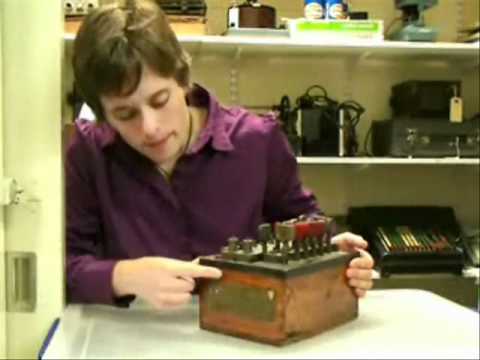| Title: |
"Radar" of the First World War: B-stations and wireless direction-finding in WW1 |
| Speaker: |
Elizabeth Bruton |
| Date: |
Tue 20th January 2015 |
| Time: |
18:00 (please note non-standard time). |
| Location: |
The Conference Centre. Manchester Museum of Science and Industry, Liverpool Road, Manchester. M3 4FP |
|

|
About the seminar
Studies of the use of wireless during World War One have focussed on the evolution in terms
of communication with wartime improvements in radio valves leading to the development of
practical radio telephony and the impact on post-war broadcast radio.
However, other uses of wireless technologies, especially those related to signals intelligence
(or SIGINT) were of vital importance during the conflict, in particular wireless
direction-finding and wireless interception.
Shortly after war broke out in August 1914, the Admiralty together with key staff and
engineers from the Marconi Company including H.J. Round established a series of wireless
direction-finding stations along the east coast of Britain.
Using specially-adapted aerials and wireless apparatus, wireless direction-finding stations
or B-stations provided multiple "fixes" on enemy wireless signals in order to plot the
location of the enemy vessel.
Wireless direction-finding was used to track German ships, U-boats, and airships in
the North Sea and later in the Atlantic and were key to British home defence.
This innovative use of existing wireless technology both illustrates the dramatic
wartime development in wireless technologies and provides a case study of the
military-industrial partnership, particularly in terms of scientific and technological research,
that developed during the war.
About the speaker
Elizabeth Bruton is a postdoctoral researcher for an AHRC-funded project "Innovating in Combat:
Telecommunications and intellectual property in the First World War" based at the University of Leeds.
About the meeting
This is a joint meeting of the Computer Conservation Society and the Newcomen Society.
|
